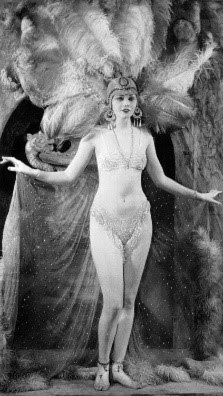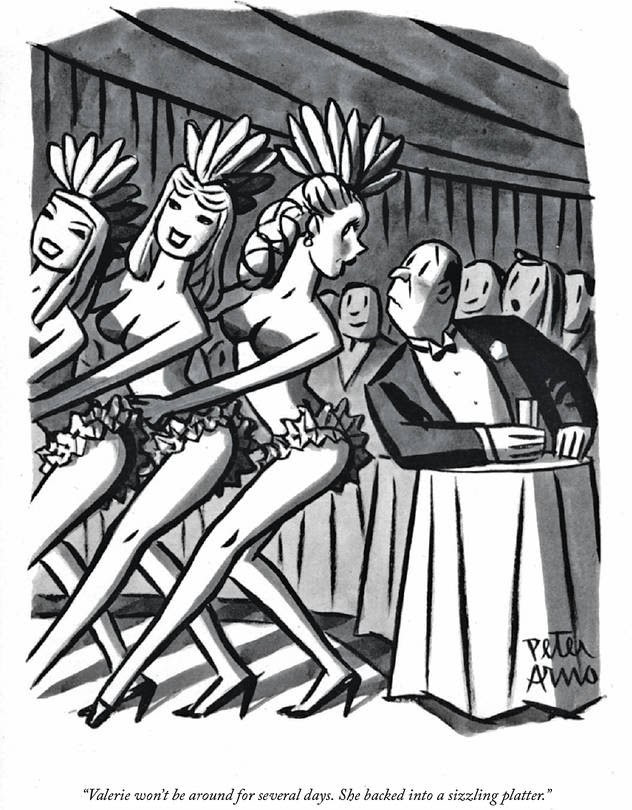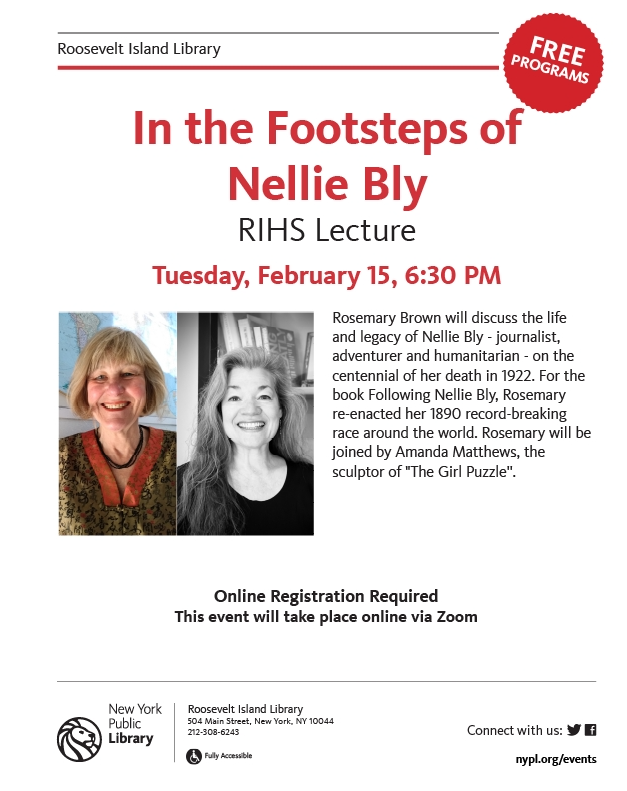Tuesday, February 8, 2022 – NIGHTLIFE WAS LOTS OF SHOWGIRLS AND CLUBS


TUESDAY, FEBRUARY 8, 2022
592nd Issue
Celebrating
CHORUS GIRLS
HIGH KICKING ENTERTAINERS
STEPHEN BLANK
ENTERTAINMENT STYLES AND PERFORMANCES HAVE CHANGED OVER THE YEARS. WHAT WAS ACCEPTABLE IN THE 1900’S MAY BE CONSIDERED INAPPROPRIATE AND SEXIST IN THE 2000’S.
JUDITH BERDY
Chorus Girls In the 1930s and ‘40s, New York was famous for its chorus girls. Paris had its Folies Bergère and London its Windmill (where nudity was permitted only when naked starlets stood stock still as living statues). But in film and in real life, nothing was like New York.
The New York chorus line had several godfathers. One was the English musical comedy which included (and largely depended on) a line of gorgeously attired of beautiful girls (referred to at the time as ballet girls). Impresario George Edwardes established the Gaiety Theatre as the spiritual home of musical comedy and his “Gaiety Girls” were soon world famous, setting the pattern all others would try to copy.

https://en.wikipedia.org/wiki/Gaiety_Girls#/media/File:GaietyGirlDudleyHardy.jpg
New York had seen women unclad on stage before. Before the Civil War, theaters offered tableaux vivant, women posing as figures in a mythological diorama (perhaps “Psyche Going To The Bath” or “Venus Rising From the Sea”), not nude but wearing a body stocking. Soon, the tableaux part fell away, and nude bodies (or at least bodies that appeared to be nude) became the main idea. These “artist models” soon became so common on New York stages that they became incorporated into productions, such as The Black Crook at Niblo’s Garden in 1866, considered the first Broadway musical.
Another ancestor was our more raucous burlesque. American burlesque also looked to England. The English genre had been successfully staged in New York from the 1840s, and it was popularized by a visiting British burlesque troupe, Lydia Thompson and the “British Blondes”, beginning in 1868. New York burlesque built on this and on the earlier tradition of minstrel shows, and consisted of songs and ribald comic sketches, acrobats, magicians, solo singers, and chorus numbers, all usually concluded by an exotic dancer or a wrestling or boxing match.

https://en.wikipedia.org/wiki/American_burlesque
The transition from old line burlesque to striptease was gradual. At first, ladies showed off their figures while singing and dancing. Then they stopped singing. The borders between vaudeville (more family directed, no chorus girls), burlesque (risqué and lots of girls) and strip are blurry, and all coexisted in New York in the early 20th century.
Surely the most famous chorus girls in New York performed in Florenz Ziegfeld’s “Follies” – the “Ziegfeld Girls.” Crowds watched scores of beautiful young women dressed (really undressed) in risqué outfits — a nod to burlesque – whose headdresses frequently involved more fabric than their costumes. The girls didn’t dance or sing but sashayed and posed – and so chorus girl as a “showgirl” was introduced and became a staple in all shows.

Chorus girls weren’t the highlight of the show; initially, the girls were transitional entertainment and accessories. But audiences and hopeful “Stage Door Johnnies” scanned the line for the newest beauty.

https://upload.wikimedia.org/wikipedia/commons/d/d0/ZigfeldFollies1912.jpg
Many were stunningly beautiful – the photographer Albert Chaney Johnson’s photos of Ziegfeld Girls makes lovely watching on these cold, gloomy days.


| Where did they come from? One article says that chorus girls generally fell into one of four types. First, the born trooper, the real chorus girls, mainstay of the crew, who took to the stage from the sheer love of acting; Second, the showgirls, matrimonial fisherwoman who saw the stage as route to snaring a rich husband; Third, the runaway, the girl who ran away from home imagining she was doing something exciting and romantic; and Fourth, the society girl from a wealthy family who took up stage work as a lark, who were darlings of the tabloid, and might be tolerated purely because of their publicity value. I don’t know how accurate this is, but they were all turf for a lot of films. And surely many in the chorus dreamed for the chance in 42nd Street when the leading lady breaks her ankle and the unknown youngster from the chorus has her big moment |

https://www.tcm.com/tcmdb/title/616/42nd-street/#overview
Chorus girls were obviously sexy – that was the point – and attracted newsprint, with headlines such as “Showgirl Miss Virginia Lee Engaged to Eleven Men.” And books, too, like Madge Merton’s “Confessions of a Chorus Girl”, Grace White’s “Fallen by the Wayside, or a Chorus Girl’s Luck”, Frank Deshan’s “Chorus Girls I have Known” which were eaten up by the public. Even the New Yorker paid attention to the line. (Peter Arno’s “Valerie won’t be with us for several days. She backed into a steaming potato”.)

https://www.wsj.com/articles/an-homage-to-new-yorker-cartoonist-peter-arno-1459269500
And movies. From Ziegfeld to Busby Berkeley isn’t a very big step. Berkeley took Ziegfeld’s girls into a magic cinematographic world of unlimited space and unbelievable camera angles. These are chorus girls moving in military precision (Berkeley was much influenced by military drill) but not in military outfits in head-spinning routines. Many of the most famous Berkeley scenes are in Gold Diggers of 1933, 42nd Street, Footlight Parade and Fashions of 1934.

| Chorus girls and night clubs. One thinks of small, dark places with three musicians and a couple of strippers – burlesque drifted here. But New York had night clubs for a long time, back into the late 19th century. Mostly illegal, they focused on liquor, gambling and sex. Many jazz clubs of the 1920s were closed by Prohibition (but see below) and the Big Bands of the 1930s required more space than New York clubs could provide. The New York night clubs we remember best opened in the 1940s. One of the most famous was the Latin Quarter, opened in 1942 by Lou Walters, Barbara Walters’ father. Throughout the 1940s and 1950s, the Latin Quarter presented floor shows that featured chorus girls and can-can dancers, and headliners that included Frank Sinatra, Frankie Laine and the Andrews Sisters. It rivaled the Copacabana, which had opened two years earlier, in attracting the rich and the famous of post-World War II New York. |

https://www.harpersbazaar.com/culture/features/g6051/historic-new-york-city-nightclubs/
What about Chinese restaurants? Weren’t there chorus girls in Chinese restaurants or is this something I saw in a noir film? Well, it’s true, there were Chinese restos with chorus girls. But not in New York City. In San Francisco, this became a thing. Patrons were promised “’a taste of China,’ but really, it was more China-by-way-of-Hollywood….The Chinese American chorus girls might make their entrance in modest cheongsams, but would quickly discard them to reveal sexy burlesque costumes underneath.” And it fits, as most film noirs took place in San Francisco. New York had more cop films.)
The Rockettes? Wonderful, but not chorus girls.
Thanks for taking a trip with me on this snowy day

https://www.nypl.org/events/programs/2022/02/15/clone-rihs-lecture-footsteps-nellie-bly
Tuesday Photo of the Day
SEND YOU RESPONSE TO ROOSEVELTISLANDHISTORY@GMAIL.COM
IF BOUNCED-BACK SEND TO JBIRD134@AOL.COM

T
MONDAY PHOTO OF THE DAY
CHINESE SCHOLARS GARDEN
SNUG HARBOR CULTURAL CENTER AND BOTANICAL GARDEN
LAURA HUSSEY, MITCHELL ELINSON, GLORIA HERMAN AND HARA REISER GOT IT RIGHT

Text by Judith Berdy
Thanks to Bobbie Slonevsky for her dedication to Blackwell’s Almanac and the RIHS
Thanks to Deborah Dorff for maintaining our website
Edited by Melanie Colter and Deborah Dorff
All image are copyrighted (c) Roosevelt Island Historical Society unless otherwise indicated
Sources
https://traveltips.usatoday.com/history-latin-quarter-nightclub-new-york-city-20634.html
https://www.thrillist.com/entertainment/nation/the-most-infamous-nightclubs-in-new-yorks-history
http://www.stagebeauty.net/th-frames.html?http&&&www.stagebeauty.net/th-chorus.html
https://www.collectorsweekly.com/articles/when-chinatown-nightclubs-beckoned-hollywood/https://thevintagewomanmagazine.com/the-life-of-a-chorus-girl/
Burton’s faux nude follies: NYC’s first ‘legit’ flesh showshttps://fashionandrace.org/database/fashioning-the-black-chorus-girl/ https://sisterkatedancecompany.com/chorus-girl-life/
FUNDING PROVIDED BY ROOSEVELT ISLAND OPERATING CORPORATION PUBLIC PURPOSE GRANTS CITY COUNCIL REPRESENTATIVE BEN KALLOS DISCRETIONARY FUNDING THRU DYCD


Copyright © 2022 Roosevelt Island Historical Society, All rights reserved.Our mailing address is:
rooseveltislandhistory@gmail.com

Leave a comment